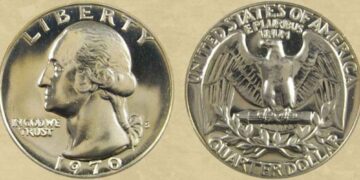The self-employment tax covers contributions to Social Security and Medicare, and it is specifically designed for those who work independently. It functions as the equivalent of Social Security and Medicare taxes paid by traditional employees, with the key difference that self-employed individuals are responsible for calculating and paying these taxes themselves.
To manage this tax, you must use Schedule SE (Form 1040) or 1040-SR. One notable advantage is that you can deduct the portion of the tax that represents the employer’s contribution when calculating your adjusted gross income, which helps reduce your tax burden. Traditional employees, however, do not have access to this deduction.
This tax ensures that self-employed individuals contribute to Social Security and Medicare in a manner similar to salaried employees, while also providing the flexibility to manage their own calculations and payments.
Who Has to Pay the Self-Employment Tax?
Individuals are required to pay the self-employment tax if they meet any of the following criteria:
- Their net earnings from self-employment (excluding income as a church employee) are $400 or more.
- Their income as a church employee is $108.28 or more.
In general, net earnings from self-employment are subject to this tax. If you work as a sole proprietor or independent contractor, you need to use Schedule C (Form 1040 or 1040-SR) to calculate your net earnings.
How to Calculate and Pay the Self-Employment Tax?
If you have earnings subject to this tax, you must use Schedule SE to calculate your net earnings. Before doing so, it is essential to first determine your total earnings subject to the self-employment tax. This process ensures you can accurately report and pay the required contributions to Social Security and Medicare, fulfilling your tax obligations as a self-employed individual.
Family Caregivers and the Self-Employment Tax
There are special rules for caregivers who provide in-home services to elderly or disabled individuals. In most cases, caregivers are considered employees of the people they assist because:
- They work directly in the homes of these individuals.
- The individuals receiving the services have the authority to instruct caregivers on what tasks need to be performed.
How to Pay the Self-Employment Tax
To pay this tax, you must have a Social Security Number (SSN) or an Individual Taxpayer Identification Number (ITIN). This is essential to properly identify yourself with the IRS and ensure compliance with your tax obligations. If you are a caregiver or self-employed worker, familiarize yourself with these rules to make sure you comply with tax regulations and avoid potential penalties.
Don’t forget to see the section specializing in financial news to keep up to date on other topics related to Social Security. If any of the publications interest you, don’t hesitate to click on it and stay up to date on more topics






